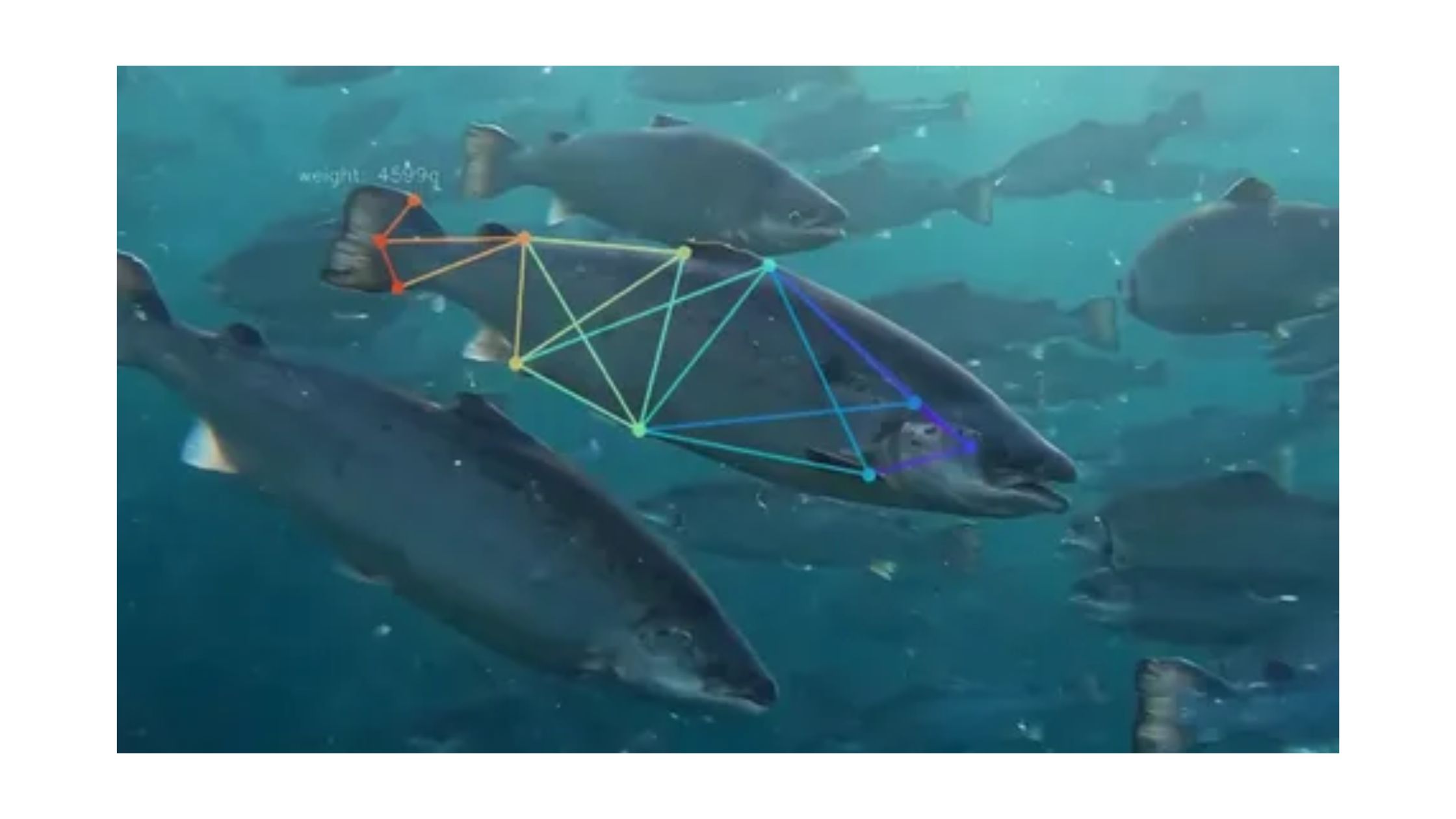Fish Monitoring System for Aquatic Ecosystem Management- What It Implies!

The health of aquatic ecosystems is under increasing pressure from climate change, habitat loss, and invasive species. For fisheries managers, the ability to monitor fish populations accurately and efficiently has become more critical than ever. But are traditional methods of fish monitoring sufficient to address these growing challenges?
This blog aims to explore how modern fish monitoring systems are revolutionizing aquatic ecosystem management, offering advanced solutions for sustainable fisheries.
The Need for Advanced Fish Monitoring
Aquatic ecosystems are facing unprecedented challenges. Climate change is altering migration patterns and water temperatures, while invasive species disrupt native populations and food webs. According to the World Bank, over 90% of global fish stocks are either fully exploited or overexploited, highlighting the urgent need for effective management strategies¹.
Traditional fish monitoring methods, such as manual counting or tagging, often fall short in providing accurate and timely data. These processes can be labor-intensive, prone to human error, and disruptive to fish populations. In contrast, modern fish monitoring systems leverage cutting-edge technology to deliver real-time insights into population dynamics, species distribution, and health metrics.
The Role of Technology in Modern Monitoring Systems
Advanced fish monitoring systems integrate artificial intelligence (AI), machine learning, and high-definition imaging to provide precise data without invasive handling or tagging. These systems can identify species with up to 98% accuracy², measure size and health indicators, and track migration patterns in real time.
For instance, Whooshh Innovations' FishL Recognition™ system captures up to 18 high-resolution images per fish as they pass through its monitoring portal. This non-invasive approach minimizes stress on fish while delivering actionable data for fisheries managers.
The benefits extend beyond accuracy. AI-powered systems can process vast amounts of data quickly, enabling managers to respond proactively to emerging threats such as declining populations or invasive species outbreaks. According to a study by the Pacific Northwest National Laboratory, automated fish recognition systems reduce manual labor costs by up to 30%³ while improving data reliability.
Benefits of AI-Powered Fish Monitoring Systems
Investing in advanced fish monitoring systems yields significant benefits for fisheries management:
- Enhanced Accuracy: Automated systems eliminate human error, ensuring reliable data on species identification and population counts.
- Real-Time Insights: Continuous monitoring allows managers to respond quickly to changes in population dynamics or environmental conditions.
- Cost Efficiency: By reducing labor-intensive manual processes, these systems lower operational costs while increasing productivity.
- Non-Invasive Methods: Modern monitoring tools minimize stress on fish populations, supporting healthier ecosystems.
- Regulatory Compliance: Accurate data supports adherence to environmental regulations and sustainability goals.
Fish Counting: Why Whooshh Innovations Stands Out
Fish counting is a fundamental aspect of fisheries management, but traditional methods often lack precision and scalability. Whooshh Innovations has redefined fish counting with its AI-driven technologies that combine accuracy with efficiency.
The FishL Recognition™ system not only counts fish but also provides detailed information on size, species, and health metrics—all without requiring physical handling or tagging. This non-invasive approach reduces stress on fish populations while delivering unparalleled data quality.
What sets Whooshh apart is its focus on integration and adaptability. Whether deployed at hydropower dams, hatcheries, or research facilities, their systems can be customized to meet specific operational needs. As Vince Bryan III, CEO of Whooshh Innovations, states: "Our technology is designed to provide actionable insights that help fisheries managers make informed decisions quickly and confidently."
Real-World Applications and Success Stories
Whooshh Innovations' technologies have been successfully implemented in various settings worldwide:
- Columbia River Basin: Advanced monitoring systems have improved salmon migration efficiency at dams by over 95%, according to the Columbia River Inter-Tribal Fish Commission⁴.
- Puget Sound: The Washington Department of Fish and Wildlife uses AI-powered monitoring tools to assess the impact of toxic contaminants on local fish populations⁵.
- Hydropower Facilities: By integrating Whooshh's Passage Portal™ with their operations, hydropower facilities have reduced ecological disruption while maintaining energy production levels.
These success stories demonstrate the transformative potential of modern fish monitoring systems for both conservation efforts and commercial operations.
The Future of Fisheries Management
As aquatic ecosystems face mounting challenges, the need for innovative solutions has never been greater. Modern fish monitoring systems offer a powerful tool for fisheries managers seeking to balance sustainability with operational efficiency.
By investing in technologies like those developed by Whooshh Innovations, stakeholders can gain real-time insights into fish populations while minimizing ecological disruption. Whether it's counting migratory salmon at a dam or assessing the health of broodstock at a hatchery, these systems provide the accuracy and scalability needed for effective management.
The future of fisheries management lies in embracing advanced tools that combine technology with ecological sensitivity. With companies like Whooshh leading the way, we're not just improving how we monitor fish—we're safeguarding the health of our aquatic ecosystems for generations to come.
